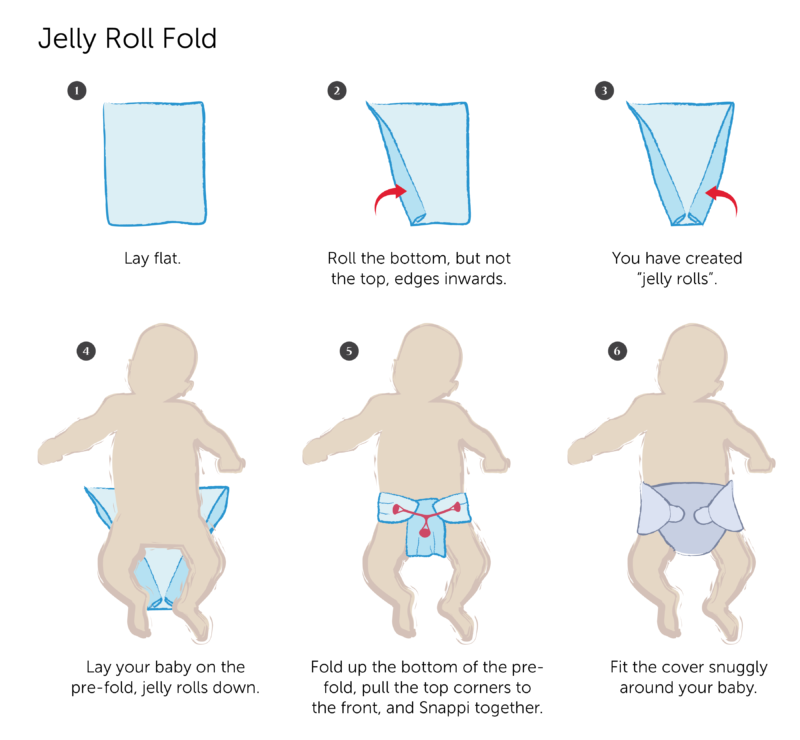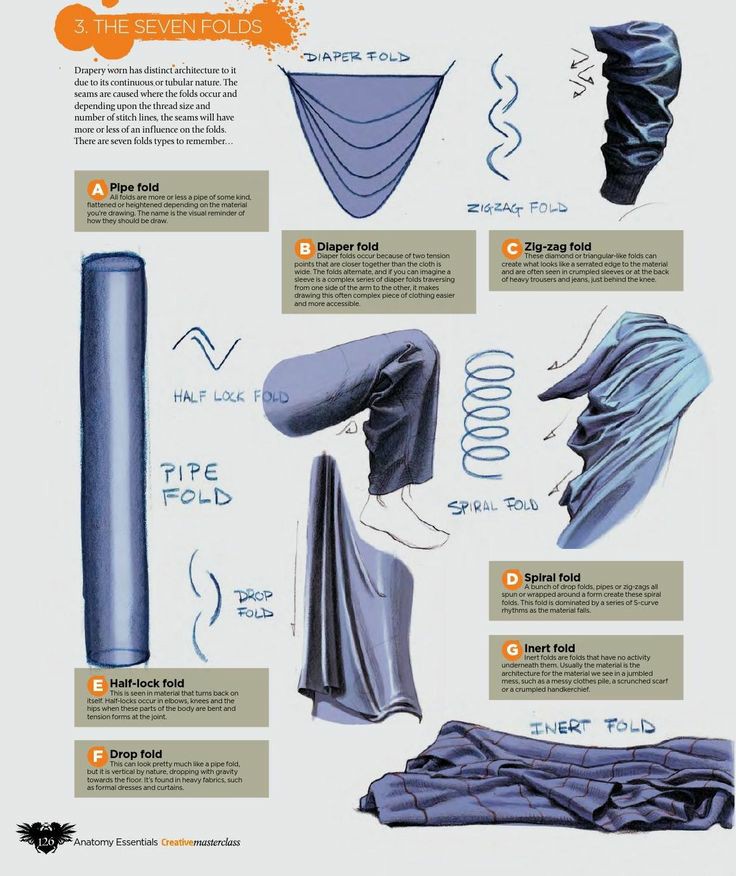Cloth diaper folds: How to Fold a Cloth Diaper – ClothDiaper.Com
Posted onHow To Fold Diapers Tutorial
Birdseye:
Muslin:
There are even more ways to use them than shown here. Sit back and cuddle your baby while watching these ad-free instructionals.
Tip from Karen: The diaper fold can be quick, sloppy and wrinkled and it will still catch the pee, so do not worry about fancy folding techniques. You do not need to know the names of folds. Getting the cotton in the cover somehow is enough.
The easiest way to fold a flat is not to fold it. Try the GMD One-handed Flats Fold! Honestly, this is what I did a lot. It’s so easy. It works. Cotton in the cover = it works!
Yes, flats are GREAT in pocket diapers!
Here are some video tutorials to help you learn some of the various ways to use flat diapers.
Learn how to fold flats in 38 seconds:
Comparison of the sizes of all the flats. Two and a half minutes long.
This video below shows the neat fold with Muslin size Newborn flat and one diaper pin, then 2 diaper pins, then a Snappi Fastener and then unfastened with a diaper cover. Lots of information in this video in just 3 minutes.
vimeo.com/video/754524224?h=49735020b3&badge=0&autopause=0&player_id=0&app_id=58479″ frameborder=»0″ allow=»autoplay; fullscreen; picture-in-picture» allowfullscreen=»» title=»The Neat Fold, Pins, Snappi and a cover»>
Do not worry that one end is thicker than the other. Choose which end you get the most benefit of the thickness. For runny newborn soaking poop, the thicker part is helpful in the back. For a boy wetting heavily up front, you might prefer the extra thickness in front. Try it both way and see what suits your baby.
The folds are fun and there are many ways to do it, but it will catch what it is supposed to catch even if you just scrunch it up and get the cotton into the cover any way can – it will still absorb.
Airplane Fold
Origami Fold
The Neat Fold
vimeo.com/video/334018768″ frameborder=»0″ allow=»autoplay; fullscreen» allowfullscreen=»»>
The Jo Fold
Kite fold — shorter video
The Kite Fold
The Mini Kite Fold
Pad Fold
The Diaper Bag Fold
com/video/223921811?title=0&byline=0&portrait=0″ frameborder=»0″ webkitallowfullscreen=»» mozallowfullscreen=»» allowfullscreen=»»/>
Using Doublers with Flats
Size Half Flats
Using a Half Flat for preemies or newborn babies. The same fold ideas work for the small/one-size flats, too.
Muslin Flats in size Newborn are bigger than the Birdseye Flats in Size Half.
This is a Muslin Flat in Size Newborn with one side folded in to make it a square:
From the square, do any fold. Do not worry that one end is thicker than the other.
Here are some more external links to videos with ideas for newborn folds and more on YouTube.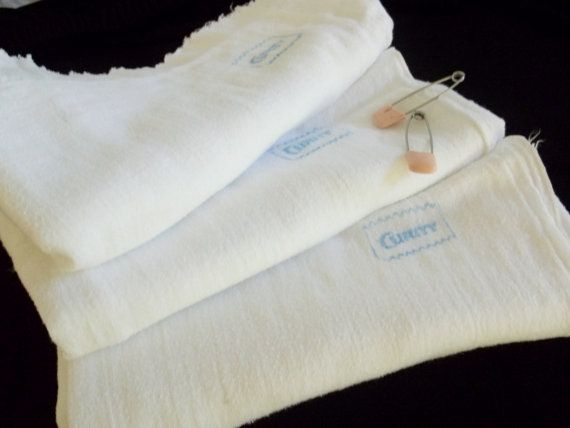
YouTube link to The Changing Table (shows how to fold Newborn Muslin Flats)
YouTube link to Jess is Blessed (very tiny actual baby model, 26 minutes long but has table of contents to jump to sections)
YouTube link to Jay’s Nest (shown on a stuffed animal but has detailed explanations)
YouTube link to EC Peesy (She has newborn baby to model various things including prefolds, Workhorse and more)
Pad Fold, Mini Kite Fold, Neat Fold, Gaynor’s Fold for Girls
For fun, a 5 year old doing the Origami Fold for her doll (sorry this old video is very low quality but I still think it’s cute).
Birdseye:
Muslin:
How To Fold A Cloth Diaper
POST UPDATED:
youtube.com/embed/kV4YNYMG7m4?feature=oembed» frameborder=»0″ allow=»accelerometer; autoplay; clipboard-write; encrypted-media; gyroscope; picture-in-picture» allowfullscreen=»»/>
***CLOTH DIAPER DISPOSAL: Grab a diapering pail for cloth diapers in our cloth diaper pail selection.
A cloth diaper is a washable diaper composed of natural fibers, synthetic materials, or a mix of the two. Preformed cloth diapers, all-in-one diapers with waterproof exteriors, fitted diapers with covers, and pocket or “stuffable” diapers are just a few of the different forms available today. They are frequently constructed from materials including wool, bamboo, unbleached hemp, and even industrial cotton that has either been bleached white or left in its original hue. It is also possible to utilize artificial materials like a PUL waterproof layer or an interior absorbent layer composed of microfiber toweling.
Originally, linen fabric, cotton flannel, or stockinette were folded into a square or rectangle and used to make cloth diapers.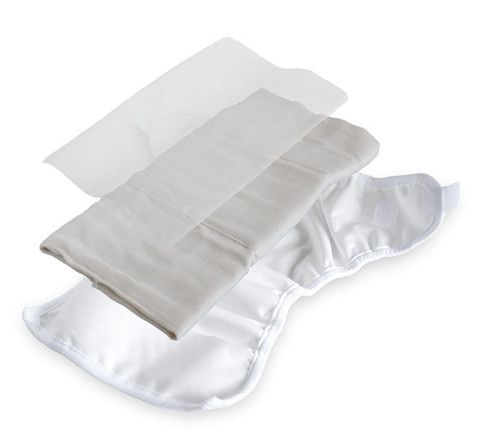
Is there more than one way to learn how to fold a cloth diaper? Cloth diapers can be folded in tons of ways. The more methods you know, the more easily you can fit cloth diapers onto your baby perfectly every time. You can also ensure you’ll always have the right fold for your child as your little one grows.
In this article, we’ll teach you how to fold a flat diaper, including prefolds as well.
Read on to learn more about how to fold a diaper in many unique styles!
Option #1. Triangle Fold
Materials Needed
One flat cotton cloth diaper
Diaper snap
Steps
- Fold the diaper with the top corner down to the opposite bottom corner.
- Fold the other bottom corner up toward the opposite top corner.
- You should have a triangle with a center point and a long opposite straight end.
- Place the diaper so that the center point is down between the baby’s legs. Pull this end up, then fold the other flap ends over and secure in place with a clip or snap.
Option #2. Origami Fold
Materials Needed
One flat cotton cloth diaper
Diaper snap
Steps
- Lay the diaper flat.
- Fold in half lengthwise.
- Fold in half in the other direction.
- Pull only the top layer to the side, creating an open triangle on top.
- Flip the diaper over.
- Leaving the triangle open, fold the remaining square into thirds so that it sits in the middle of the diaper.
Secure on baby with a snap.
Option #3. Trifold/Pad Fold
Materials Needed
Two cotton flat cloth diapers
Steps
- First, lay the diapers on top of each other.
- Fold the diapers together into thirds.
- Fold the diapers in half to create a short, fat square.
- Fold in half again lengthwise.
- Place the diaper inside a diaper cover just like this.
Option #4. Bikini Twist
Materials Needed
One cloth flat cotton diaper
Diaper snap
Steps
- Start by folding one diaper in half lengthwise.
- Lay the diaper out vertically in a rectangle.
- Twist the diaper once so there is a single crossed fold in the middle.
- Put the diaper on the baby with the crossed fold between the baby’s legs and the two ends folded around and secured on the baby’s body with a snap.
Option #5. Angel Wings
Materials Needed
One flat cotton cloth diaper
Diaper snap
Steps
- Fold the diaper into thirds lengthwise.
- Fan out the top.
- Fold up the bottom quarter.
- Place the diaper on the baby so the bottom quarter comes up and over the baby’s stomach, and the fanned portions are wrapped around the baby’s body. Secure with a clip.
Option #6. Newspaper Fold
Materials Needed
One prefold cloth diaper
Diaper snap
***CLEAN THAT CLOTH DIAPER: Enjoy the best cloth nappies detergent soap in our best detergent for cloth diapers selection.
Steps
- Fold the diaper down about two inches in the front.
- Place the diaper under the baby and tuck the two front corners toward the middle.
- Wrap the tucked front over the baby and the back end around the sides, securing in place with a snap.
Option #7. Jelly Roll Fold
Materials Needed
One prefold cloth diaper
Diaper snap
Steps
- Fold excess diaper down in the back.
- Roll the sides of the diaper toward the middle to create a V-shape.
- Put the diaper on the baby so the V-shape comes up and over the belly. Secure in place with a diaper snap.
Option #8. Origami Fold with Pad Fold
Materials Needed
Two flat cloth cotton diapers
Diaper snap
Steps
- Fold the diaper in half lengthwise and then again in the other direction.
- Open one corner to create a triangle.
- Flip over and fold the remaining square into fourths.
- Fold a second diaper in half lengthwise and then again into fourths.
- Place the pad fold diaper into the origami fold diaper and secure on baby with snaps.
Option #9. Double Origami Fold
Materials Needed
Two flat cloth cotton diapers
Diaper snap
Steps
- Lay the diapers on top of each other, opened fully.
- Fold both diapers in half lengthwise together.
- Fold in half in the other direction.
- Grab the top corner of the first two layers of diapers and open into a triangle.
- Flip over and fold the remaining square into fourths.
- Put on baby and secure with diaper snaps.
Option #10. Kite Fold
Materials Needed
One square flat cloth cotton diaper
Diaper snap
Steps
- Open the diaper so that one corner is facing you.
- Fold the left corner to the middle.
- Fold the right corner to the middle. The shape should look like a kite.
- Pull the top corner down to the middle.
- Fold the bottom corner up to the top.
- Put on baby and secure with snaps.
Option #11. Airplane Fold
Materials Needed
One flat cloth cotton diaper
Diaper snaps
Steps
- Open the diaper fully.
- Fold up one edge by about four inches.
- Fold the right corner up to the center, then the left, forming a paper airplane shape.
- Fold up the point to the middle of the diaper.
- Fold the sides up on an angle to create a straight line in the center.
- Tuck in the top flaps.
- Secure on baby with diaper snaps.
Option #12. Doggie Bag Fold
Materials Needed
One flat cloth cotton diaper
Diaper snaps
***CLOTH DIAPERS FOR INFANTS: Pick up the best cloth nappy for your infant baby in our best newborn cloth diaper selection.
Steps
- Lay diaper flat in a square.
- Fold sides onto each other.
- Fold up bottom by four inches.
- Fan open back.
- Place on baby and secure with snaps.
Option #13. Maria’s Boy Fold
Materials Needed
One flat cloth cotton diaper
Diaper snaps
Steps
- Lay diaper flat in a square.
- Pull in all four corners to the center.
- Pull bottom corners over each other to form a straight line where they meet.
- Fold up and tuck in flaps.
- Secure on baby with snaps.
Option #14. Happy Anteater Fold
Materials Needed
One flat cloth cotton diaper
Diaper snaps
Steps
- Lay diaper flat in a square.
- Open triangle as if in an origami fold.
- Fold over square into thirds.
- Fold up edges to create a slim fit.
- Secure on baby with snaps.
Option #15. Neat Fold
Materials Needed
One flat cotton cloth diaper
Diaper snaps
Steps
- Lay diaper flat in a square.
- Pull in two corners to meet.
- Fold other two corners over to create a straight line where they meet.
- Place on baby and secure with snaps.
Option #16. Jo Fold
Materials Needed
One cotton flat cloth diaper
Diaper snaps
Steps
- Lay diaper flat in a square.
- Fold in four corners.
- Fold over sides.
- Open up top into a fan.
- Secure on baby with snaps.
Option #17. Mutt Fold
Materials Needed
One cotton flat cloth diaper
Diaper snaps
Steps
- Fold diaper in half, then fold into a Kite fold.
- Fold edges Anteater style.
- Fan out the top in the Doggie Bag style.
- Tuck tabs into each other and secure on baby with snaps.
Conclusion
How do you know which method will work for your baby? Here are some tips to help you determine this:
- Consider whether or not you have a boy or a girl to determine where you need the most layering.
2. Think about the rise of your baby’s middle and choose the right height for your child.
3. Consider how active your child is to choose the best fit.
Keep these tips in mind to choose the right method for your child!
We continuously aim to conform to our editorial practices and policies through out our website. This involves evaluating all of our blog posts appropriately and constantly doing our utmost best to showcase the most dependable information and facts possible for our followers.
Catrina A. Labounty
DiaperPailDepot Editor-In-Chief
Twitter | Medium | Tumblr
About The Author
Catrina A. Labounty is the head writer behind DiaperPailDepot and specializes in writing about parenting, child development, and caring for infants. She has previously worked for a number of websites as an editing assistant, independent researcher, and other editorial roles with a main focus on child development content. Catrina enjoys using her free time to browse the web for fantastic diaper cake designs and baby shower gifts. She routinely posts her work here on DiaperPailDepot as well as on various of her own writing blogs online.
How to Fold Cloth Diapers: 4 Easy Techniques for Tired Parents
December 12, 2020 By charliessoap
How to Fold Cloth Diapers: 4 Easy Techniques for Tired Parents
Cloth diapers are a great way to save money and be kinder to the environment, plus they can be great for gentle baby bottoms that are sensitive to the chemicals in traditional diapers.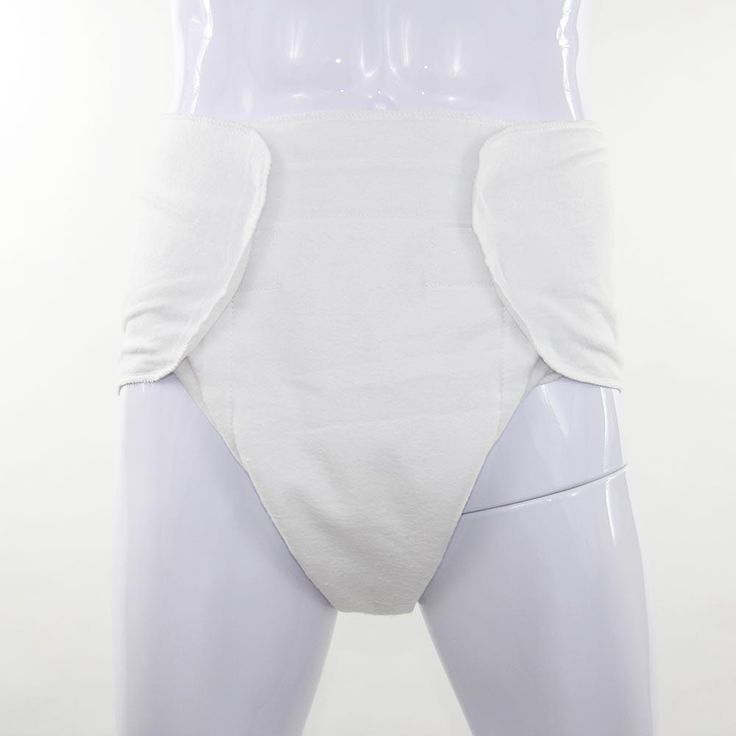
Don’t worry. Folding cloth diapers is a lot easier than it looks. Whether you’re working with prefolds or flats, or even pre-cut inserts and cloth diaper covers, these techniques will show you how to fold cloth diapers easily!
Flats vs. prefold vs. inserts: Which cloth diaper are you folding?
When you think of cloth diapers, you probably think of the old fashioned ones: fabric tied together with sharp pins. These days, thankfully, diaper pins have been replaced by clever, flexible fasteners that grip the fabric with teeth instead of a sharp pin. There are also adorable waterproof diaper covers to avoid most leaking drama. Other than that, though, the cloth diaper has changed very little over time.
Today, however, there are a few more options:
- Prefold diapers: These have several layers sewn together.
They typically have three sections, with the thickest layers in the middle where the baby needs them most.
- Flat and prefold squares: These are single layers of fabric that can be folded into a diaper shape.
- Cloth diaper covers with pre-cut inserts: These are becoming much more popular, as the insert (diaper pad) is perfectly sized for the diaper insert, and can be removed and snapped together quickly. There are also some modern cloth diapers that come “all-in-one” which means the insert is sewn into the waterproof covering.
Today’s modern parents have a few more options than our grandparents when it comes to cloth diapering options, but flats and prefolds are making a comeback! Why? Because they can be folded and adjusted to fit from birth through potty training, while all-in-one diapers may need to be re-purchased as the baby grows.
Plus, with the right folds, flats and prefolds can offer a better fit with fewer leaks.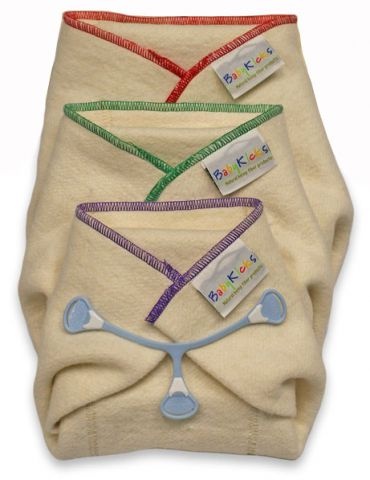
Prefolds and flats, along with their plastic and fabric covers, are also much easier to separate in the laundry. This allows for a more thorough clean, and to prevent any build-up of ammonia or waste that could irritate a baby’s skin! Using natural and gentle detergents on these prefolds and inserts can also help keep cloth diapers in great shape for future kids, too.
How to use prefolds, flats, and cloth diaper inserts
Learning how to fasten and shape these cloth diapers and cute covers can be a feat all on its own. There are dozens of methods for folding flat and prefold diapers, but we want to share some of the easiest ones to make your life easier:
The Upside-Down Pyramid Fold
Using the bottom corners of the diaper insert, this Upside-Down Pyramid fold is one of the easiest ways to fill a cloth diaper and ready it for use!
Best for: Ease and versatility
- Position your prefold or fabric insert so the section seams are running top-to-bottom.
- Next, take the bottom corners and fold them in by thirds. The flaps should cross each other at the bottom, while the top corners stay open to form a triangle or pyramid shape.
- To store these diapers, simply stack them on top of one another, or fold them in half.
- Lay them flat on the diaper table when it’s time to diaper up!
This fold is ideal for tired parents who aren’t super interested in complicated folding or who have plenty of storage space between diapering.
The Newspaper Fold
The Newspaper is a way to shorten the diaper for smaller babies or to provide more thickness at the front, which can be helpful for little boys.
Best for: Small babies and extra absorbency up-front
- Fold the bottom of the square about a quarter of the way upward.
- Fold the bottom corners in by thirds and fasten like the Triangle fold, or insert into your cloth diaper cover.
The Rolled Fold
This is another variation of the Pyramid fold that is especially good for containing runny poops.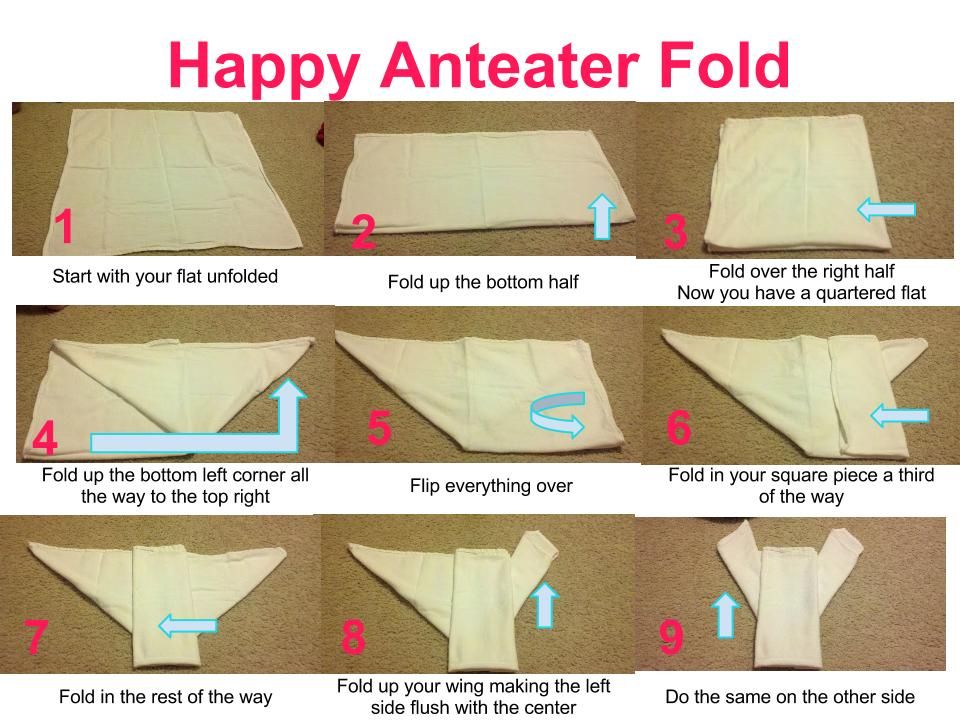
Best for: Messy poops
- Grab the bottom corners like you would for the Pyramid fold, but instead of folding into thirds, roll each corner into position.
- Fasten onto the baby the same way as the Pyramid fold, or use as an insert into your cloth diaper cover.
The Insert or Pad Fold
If your baby is ready for insert diaper covers, this fold makes the job a breeze.
Best for: Insert diaper covers
- Fold each side in by one third to make a rectangle.
- Insert into the diaper cover and snap or velcro it all together. So easy!
Ready to fold some diapers?
Now that you’ve mastered the art of diapering origami, you can get out there and start folding your way to simple, affordable comfort for your baby.
No matter what type of cloth diaper you choose, don’t forget to take care when washing your flats, prefolds, or inserts. Any remnants or residues can cause rashes and gradually reduce the absorbency of the cloth, so always use a clean-rinsing detergent like Charlie’s Soap laundry detergent.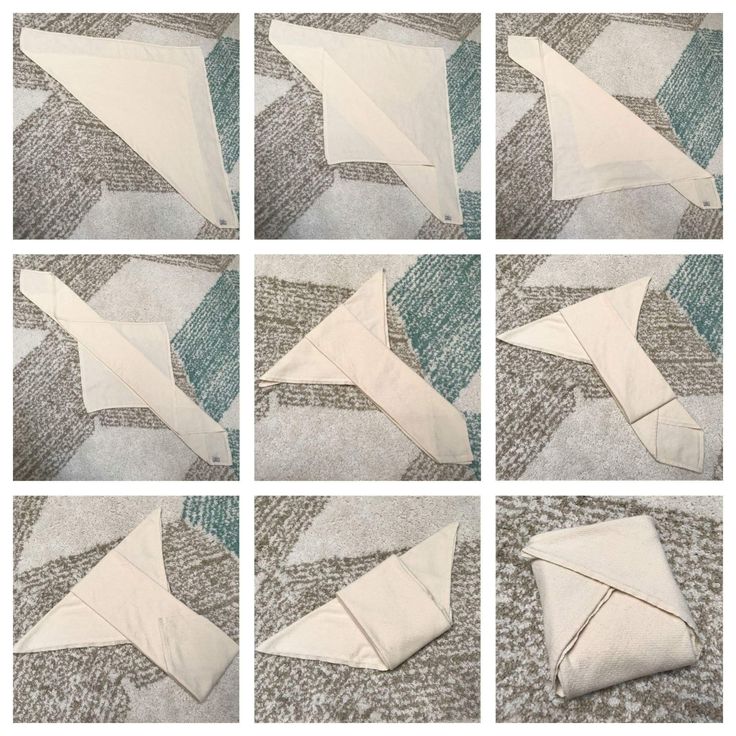
Diaper experts recommend pre-washing cloth diapers 3-5 times before first use and being careful to make sure they are rinsed and dried very well after every wash to reduce the chances of bacterial irritation or rashes from chemical sensitivity.
Charlie’s Soap is designed to rinse completely and is the preferred gentle detergent for many cloth diapering parents. Order online and try our subscription options to make sure you never run out when you need to clean those diapers and cloths most!
0006
In retrospect, children develop quickly. My older children already go to school, and the youngest is in kindergarten for the last year. They are independent, pursue their own goals and stand firmly on their feet. It wasn’t always like that. Infants and toddlers cannot do without outside help.
You must watch them and make sure they are safe.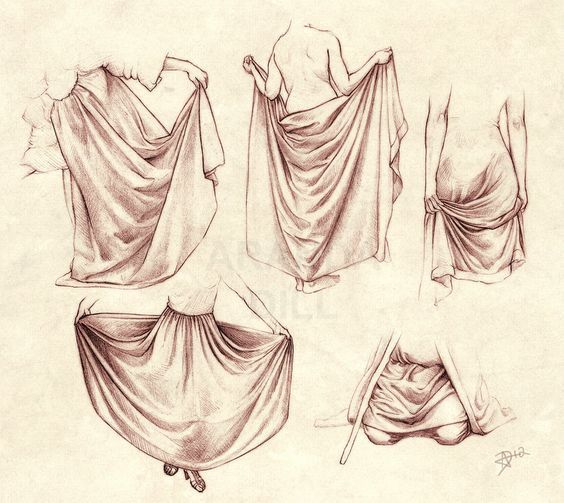
Today children are slowly but surely trying to assert themselves more and more. The more you miss something that not so long ago caused tenderness. All these teeth, colic, first steps … But there is one thing that a mother or father remembers without sadness — these are diapers. Here they want to forget, like a bad dream. Although my experience with reusable diapers was not bad, I want to share it.
See also: “What? Does your husband change diapers? And he doesn’t mind?”, — male and female responsibilities in childcare: we live in a world of wonderful fathers
Different views on children’s hygiene
My eldest son, in particular, went to the toilet so often that we went broke on disposable diapers.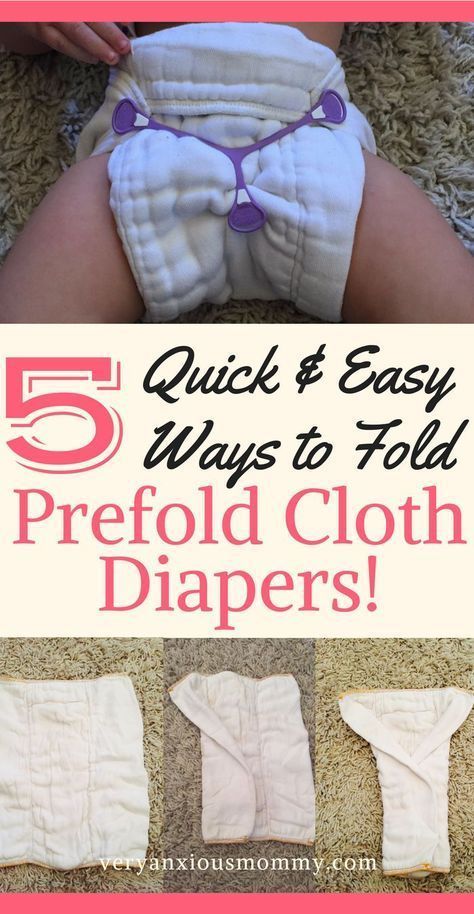
There are actually three different approaches to managing children’s waste today. On the one hand, there are natural parents who are in favor of ditching diapers. Even if the newly born baby does not understand what is happening below, and does not even know that he goes to the toilet, he is carried and controlled.
I know people for whom this works great. So it is possible to allow the child to live without diapers at an early age. You will quickly recognize the signs that indicate that something big or small is coming, and then mom only needs to properly hold her baby over the toilet or sink. An option that very few parents choose because it seems difficult.
Most people choose highly absorbent disposable diapers that are worn on babies several times a day. In this case, it is very rare that you need to worry about somehow controlling the baby.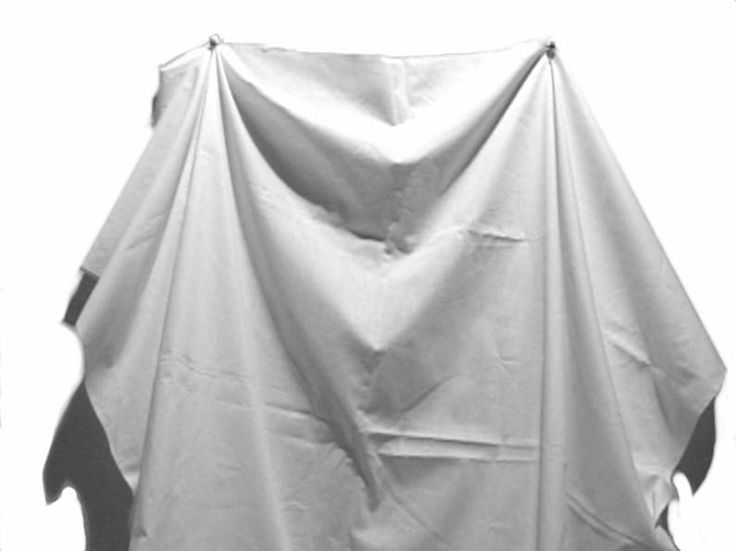
Reusable diapers — an alternative to conventional diapers
Today, reusable panty diapers are becoming increasingly popular. Just a few years ago, when you thought of cloth diapers, you probably thought of your grandparents with pity. They also had to change and wash diapers. Together with ancient household appliances, this is an even more difficult task for the mother. Everything looks different today. Now everyone has a washing machine, or at least access to such a device. Fortunately, issues of sustainability and environmental protection are also becoming increasingly relevant.
This is why many parents switch from regular reusable diapers to disposable cloth diapers. The advantages of cloth diapers are, above all, environmental friendliness, reduced environmental impact and lower costs. I tried it with the older one, I liked it.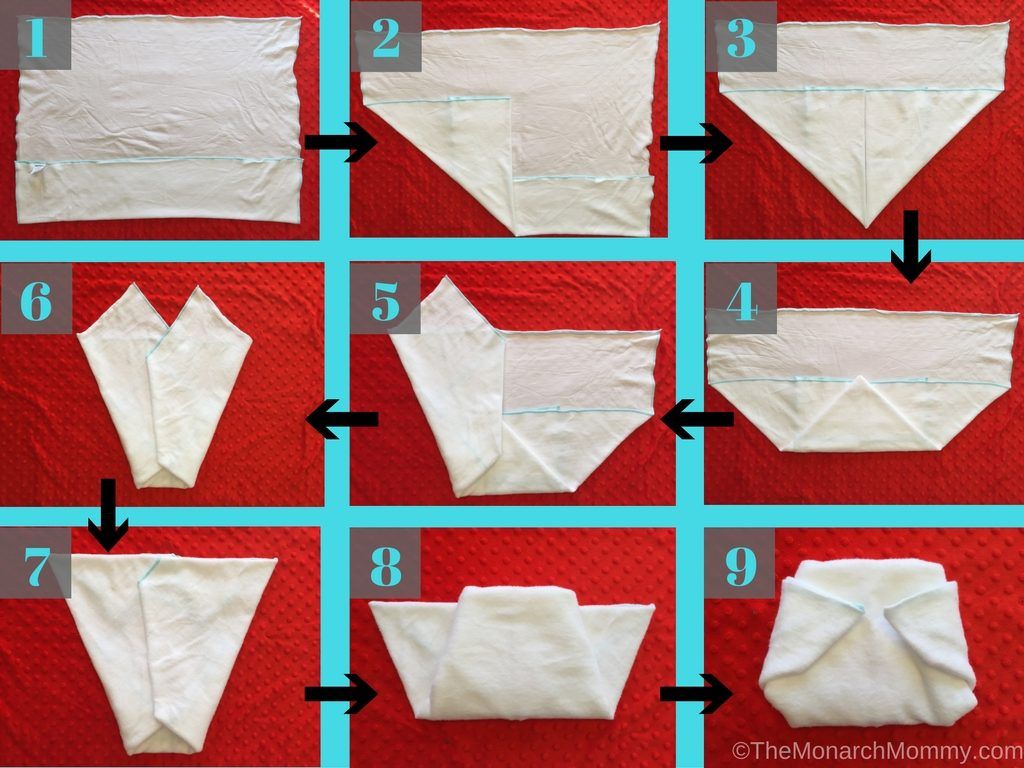
Cloth diapers are more environmentally friendly
When it comes to the fundamental question between disposable and reusable products, one can always assume that the latter is better for the environment. A reusable product only needs to be produced once for multiple uses.
This reduces the environmental impact. Unlike disposable diapers from various manufacturers, reusable diapers contain virtually no chemical components. Therefore, ingredients that irritate your baby’s skin are much less common. This reduces the risk of allergic reactions. A cloth diaper is made from the same materials as any natural garment. Cotton, wool, hemp, bamboo or sometimes microfiber is used. The skin of the baby practically does not come into contact with allergens.
Read also: Will the child be admitted to kindergarten if he still walks in a diaper — should he be taught to go to the potty
This option has a top synthetic layer with a polyurethane coating.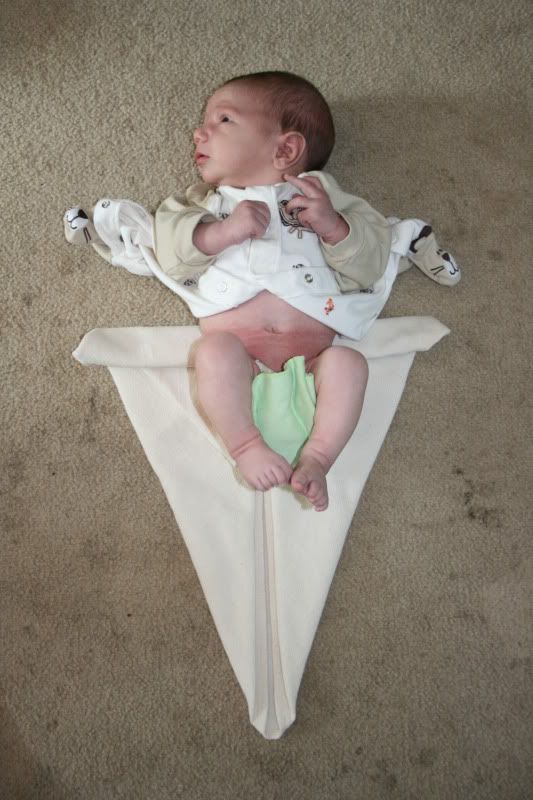
Both all-natural cloth diapers and combination diapers have advantages over disposable diapers.
Mountains of rubbish
Cloth diapers also have a recycling advantage. During the three years during which diapers are put on a child, there are from 5,500 to 6,000 changes of this hygiene product. It’s the same amount of garbage. That’s about thirty to forty baths with used diapers. In addition to the smell emanating from such a mountain of garbage, disposable diapers are a big burden for the environment.
They form a significant part of the residual waste. Due to their high absorbency, diapers are also heavy and wet, which creates problems when trying to dispose of them.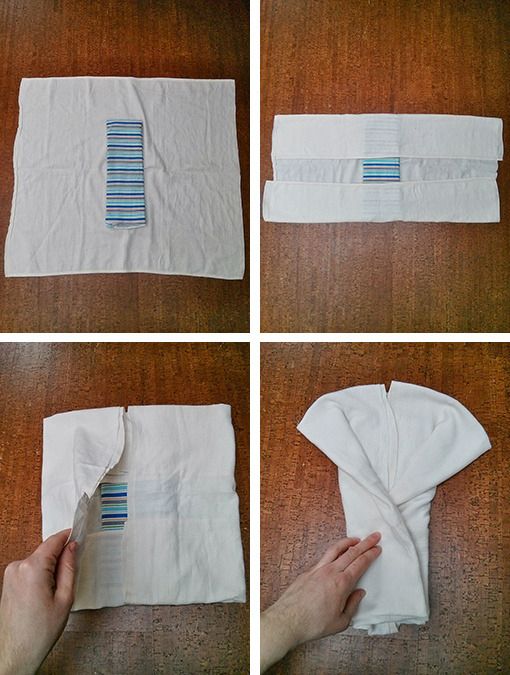
Reusable diapers are cheaper
But cloth diapers are valued for more than just being environmentally friendly. With their help, you can save money. It may seem like they cost a lot compared to disposable diapers, but this amount is enough to shell out once for a set of several panties and panties. Reusable diapers are always cheaper in the long run. I have three children, the costs paid off.
Laundry costs
However, there is another cost factor to consider. Reusable diapers should be washed. If you use a washing machine, the wash cycle costs a certain amount — energy costs. You must again calculate this amount for water and detergent.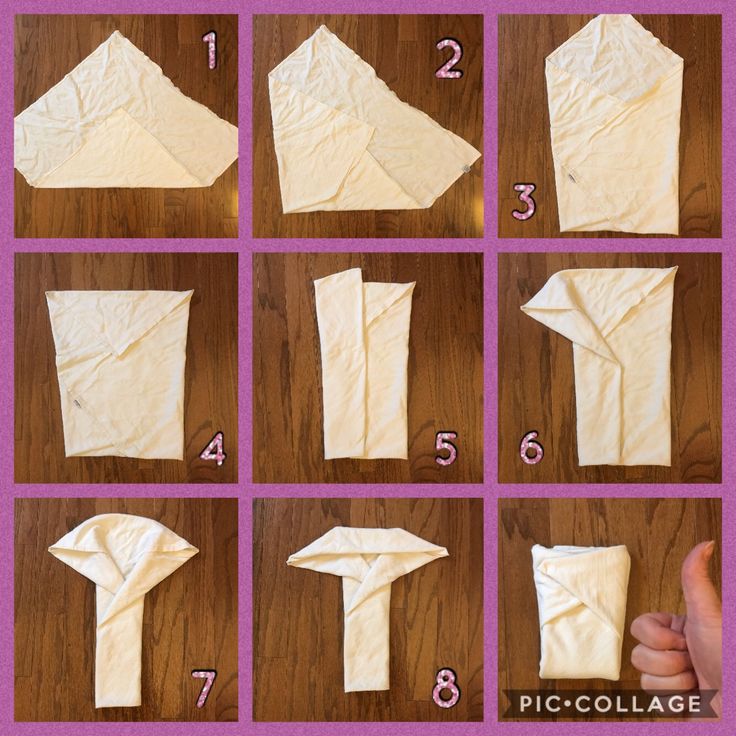
But, if you really want to stay below the cost of disposable diapers, you need to make sure cloth diapers are not just for one baby. At the very least, waterproof panties can be given to someone by buying a custom set of liners.
It’s not just the cost that’s the reason to choose a reusable diaper.
Comfortable infancy with reusable diapers
Cloth diapers are much more comfortable than conventional disposable diapers. Instead of airtight plastic, they are made from natural materials such as cotton, bamboo, or sheep’s wool. This allows the skin to dry naturally under the cloth diaper.
Moisture may remain in disposable diapers. It causes a rash on delicate baby skin. At the latest, when rashes appear in the area of use, you should think about putting disposable diapers on your baby at least at home.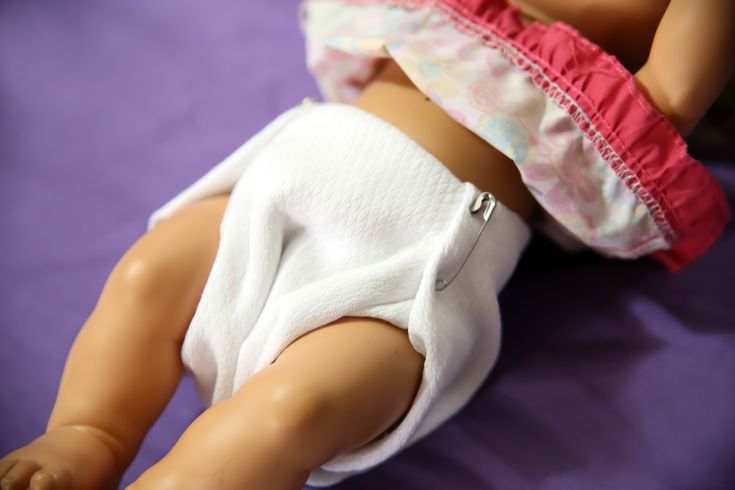
Babies get used to the potty faster
Studies have shown that babies with reusable diapers learn to feel their body faster and thus become potty trained faster. Of course, a wet piece of cotton feels a little more uncomfortable than a superabsorbent industrial diaper full of superabsorbents.
So, while disposable diapers, thanks to complex chemistry, relieve children of discomfort and all the liquid is absorbed without leaving any residue, the child does not understand that it is not normal to urinate in the pants.
From my mothering experience, I can conclude that children very quickly learn to go to the toilet on time if they feel uncomfortable. You can simply remove any diaper and put on regular underpants.
This is best done in the summer and outdoors, but in any case, this is how children learn that going to the potty is more pleasant than peeing in their pants.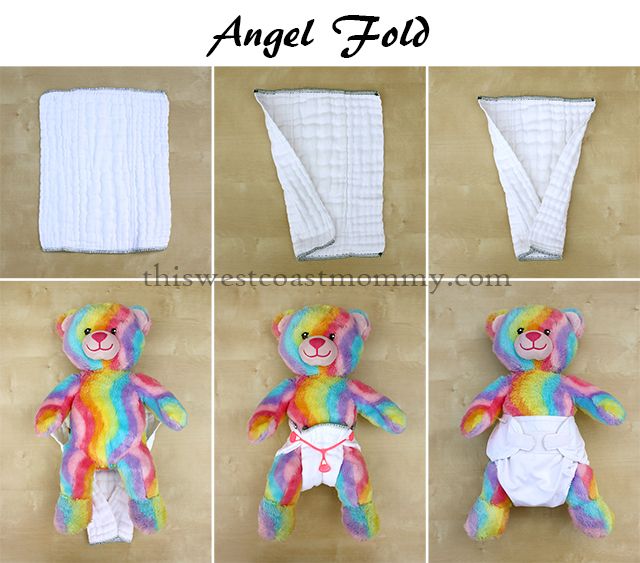
Reusable diaper with aversion factor
If you imagine a used cloth diaper, it can make you feel uncomfortable.
Many acquaintances did not support me when I started my experiment.
It will stink in the apartment with described diapers! even suggested a friend.
This popular belief persists in the maternal environment. Many new parents are also afraid to deal too much with their own child’s secretions. (Small spoiler: you still have to change it regularly). Reusable diapers are not disgusting at all. At least not more unpleasant than disposable diapers.
They also have inserts. The diaper itself practically does not come into contact with what can cause rejection. After use, the earbuds should be washed at a high temperature and replaced regularly. A real reusable diaper requires simple care. Just rinse and set aside for washing.
A good solution for modern parents
It is no coincidence that reusable diapers are celebrating their return.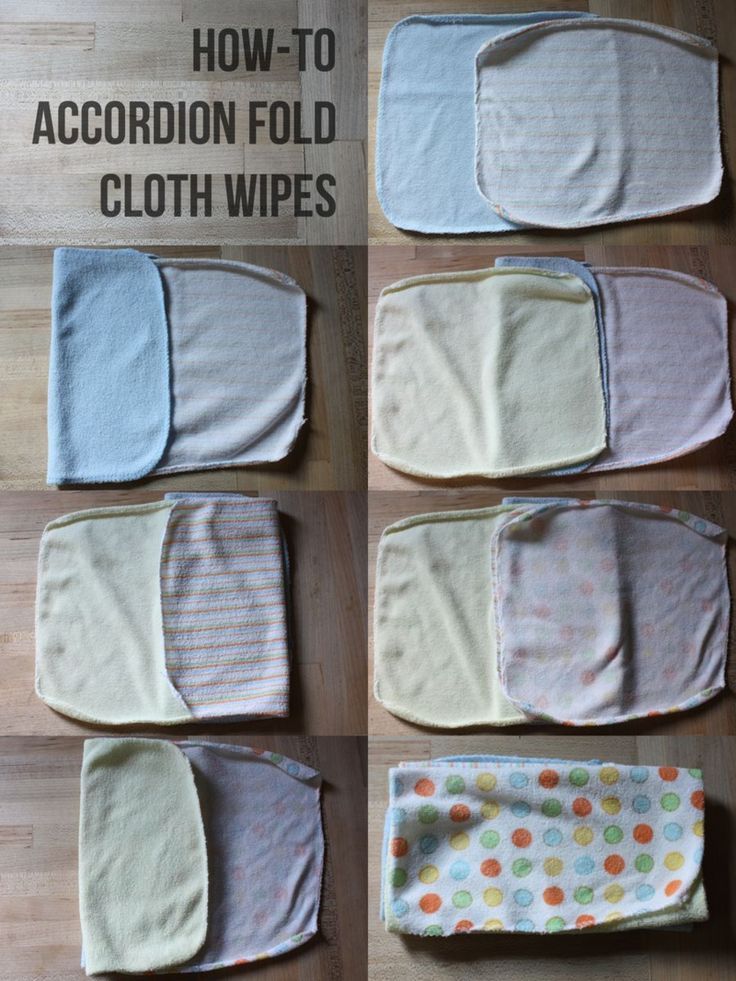
If grandparents and colleagues are investing in basic cloth diapers rather than chipping away at a disposable diaper cake, laundry remains the only cost factor. Even though childless parents may be wary of the amount of laundry, as a mother of three, I can report that we use the washing machine every day anyway. I hang clothes in the apartment and on the balcony, but I don’t have a dryer. If you have children, the amount of laundry will automatically increase.
In general, a lot can be said about the use of cloth diapers. Disposable diapers have very obvious disadvantages. They can irritate the skin with their components due to the lack of air circulation, are harmful to the environment and carbon dioxide emissions, and also lead to the fact that children can subsequently get used to the potty for a long time.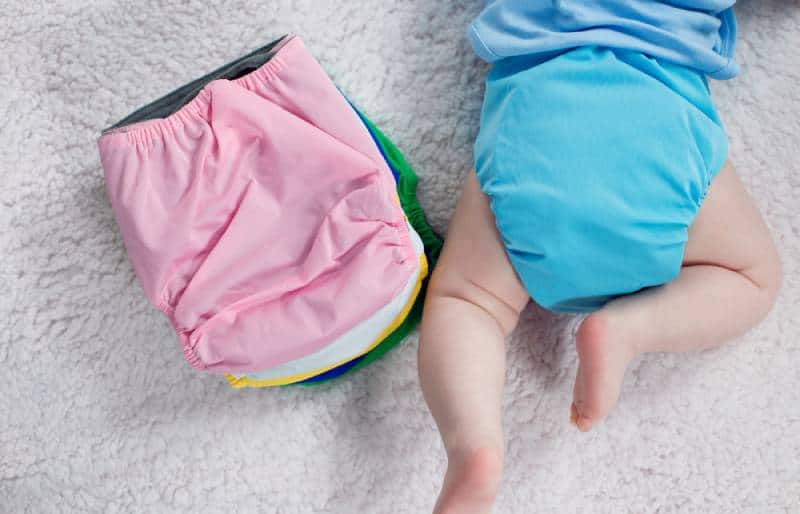
Read also: Potty as an indicator of maternal success: a mother’s story
All about reusable cloth diapers Natural swaddling system.
What is a natural swaddling system? Why do we need reusable diapers? Wet diapers, constant dressing of the child — is it necessary for mom? Do you have to wash a lot? Will the baby get wet and wake up / cry / freeze / catch a cold?
Why not be modern and use comfortable disposable diapers?
Let’s break it down and try to answer these and other questions.
First of all, I would like to note that modern reusable diapers are not gauze folded into several layers and rubber underpants that modern grandmothers remember, these are not tons of panties in a tank on the stove and a screaming baby 🙂
Therefore, you can use the achievements of our time and necessary, but carefully 🙂 We will talk about modern reusable diapers and figure out what’s what.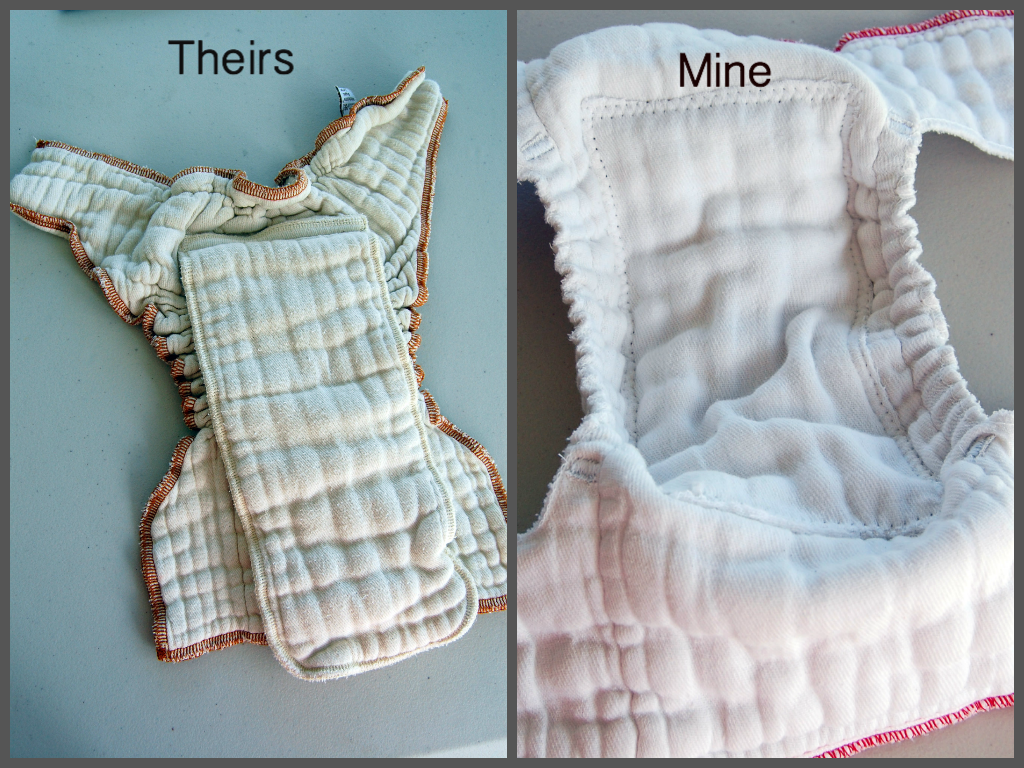
In all the variety of reusable diapers, only two directions can be distinguished — these are reusable diapers with a waterproof layer, which in their functioning are close to disposable ones, and a natural swaddling system that allows you to take care of your baby as carefully as possible. We will talk about it in more detail.
Why «system»?
Because this is a kind of philosophy, the purpose of which is to teach the baby to feel his desires, to understand what is happening to him, to learn to react to wet pants and, as a result, to ask for a potty in time.
Why «swaddling»?
Many people ask this question and it is logical that the first step is the process of swaddling a baby in a diaper. However, here we are talking about the area of swaddling, ie. about the place where the diaper is.
What does «natural» have to do with it?
The system of natural swaddling is closest to human nature, both through the development of the most natural skills, and through the use of natural fabrics.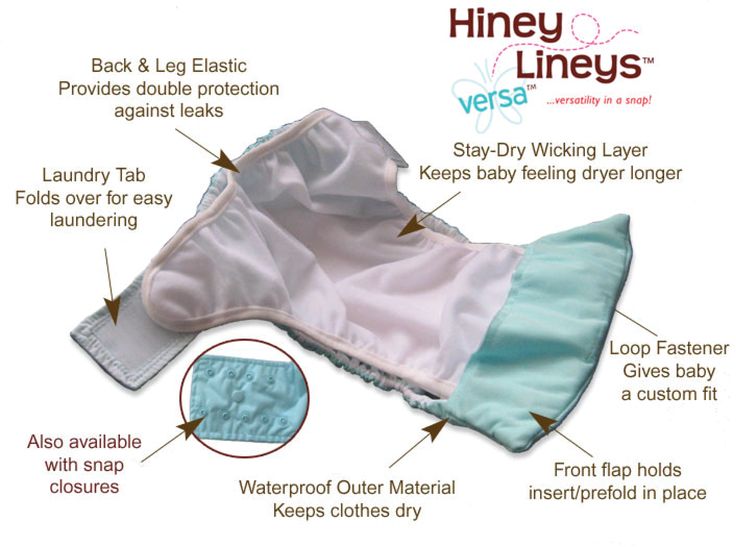
The task of the natural swaddling system is to support the natural hygiene of the baby. To teach the baby to respond in time to the urge to go to the toilet, to maintain normal thermoregulation and air exchange in the diaper area (here it is useful to recall the greenhouse effect in a disposable diaper).
What does the natural swaddling system consist of?
So, the natural swaddling system consists of three basic elements.
The first element is the insert that comes into contact with the baby’s skin.
On the one hand, it absorbs all the moisture, on the other hand, it must provide comfort and tenderness, in contact with the skin of the child. The liner can be additional or built-in (sewn inside the panties), thin or thick — gauze, plush, muslin, from completely different types of fabric — cotton, hemp, bamboo, wool, silk, soy. The task of the liner is to absorb and distribute moisture inside itself as much and as quickly as possible. Based on this task, the mother decides what density of the insert to use while the baby is awake, for a walk, for a night’s sleep.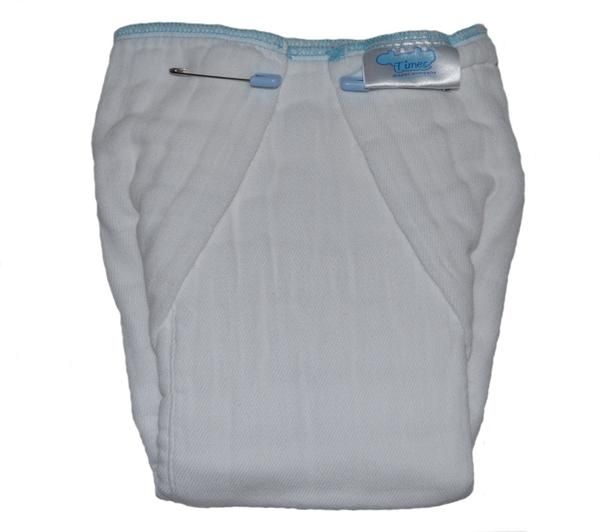
The second element is the diaper panty, or the diaper itself.
It can combine the first two elements when the insert is an integral part of the diaper. A very important distinguishing feature of a diaper in a natural swaddling system is the fact that it consists of only one or more layers of fabric. There are no membranes and waterproof layers in it, there never was and never will be. A variety of fabrics are used for diapers, as well as for inserts — these are cotton, hemp, wool and others.
Choosing these or those panties, be guided by your preferences and convenience. Some are comfortable with buttons, some with ties. Today, the choice of natural cloth diapers is huge.
Cotton. As a rule, organic cotton is used in the natural swaddling system. Because it is extremely important which fabric is in contact with the delicate skin of the baby. Cotton is diverse in fabrics — it is gauze, muslin, plush. Cotton has excellent absorbency, allows high temperatures during washing without losing its properties, and is durable. Bamboo fiber is very pleasant to the touch and more hygroscopic than cotton. Costs more. The fabric with hemp fibers has antibacterial properties and blocks the growth of bacteria. Soy fiber promotes skin healing in case of irritation, wool has amazing hygroscopicity, the ability to bind up to 40% of moisture from its volume, while remaining dry to the touch.
That’s why the top, third element of the natural swaddling system are wool panties.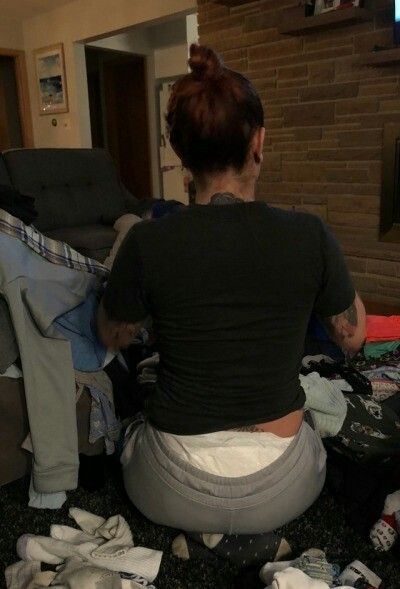
As we have already said, in the natural swaddling system there is no barrier to moisture, all layers eventually (if you do not change panties for a long time, for example, at night) get wet. And in order to protect the baby from hypothermia (wet fabric cools down and transfers coolness to the skin as well), and diaper pants are used to keep clothes and bed from getting wet. As a rule, swaddling pants consist of 2 layers of wool or one layer of felted wool. Their task is to maintain normal thermoregulation of the baby’s skin. And wool, usually merino wool, does the job best! Due to the natural properties of wool to maintain thermoregulation and the ability to absorb a large amount of moisture, remaining dry to the touch, woolen panties just replace those notorious rubber underpants that our grandmothers remember. But they do it extremely delicately, softly and pleasantly.
I will immediately answer the question hanging in the air. Will the baby be hot?
No, no, no.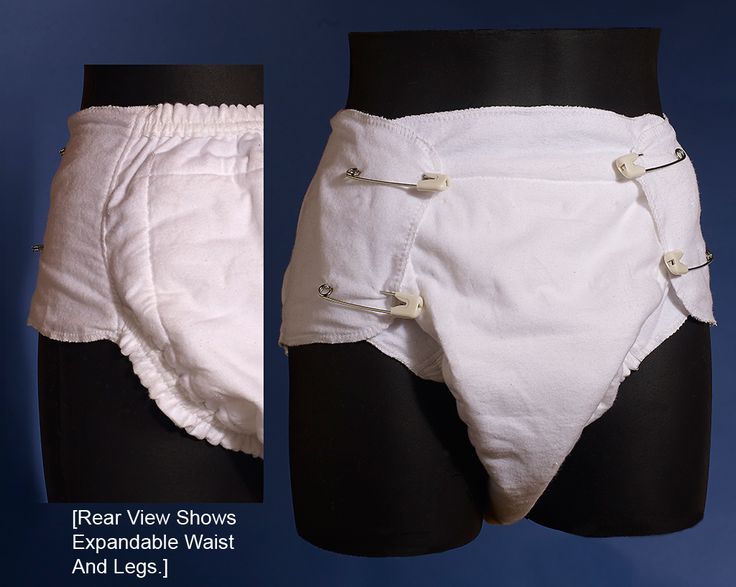
It is not necessary to use woolen pants all the time, but for a walk, daytime and nighttime sleep — they should be on the baby.
How many diapers do you need?
How much of all this stuff is needed to ….
A bit of math 🙂 A diaper needs to be changed every 2-3 hours. Here it is a little conditional, because. if your baby sleeps sweetly for 3 hours during the day — let him sleep to health! And if, after such a sweet dream, you also managed to land the baby, it’s generally fine.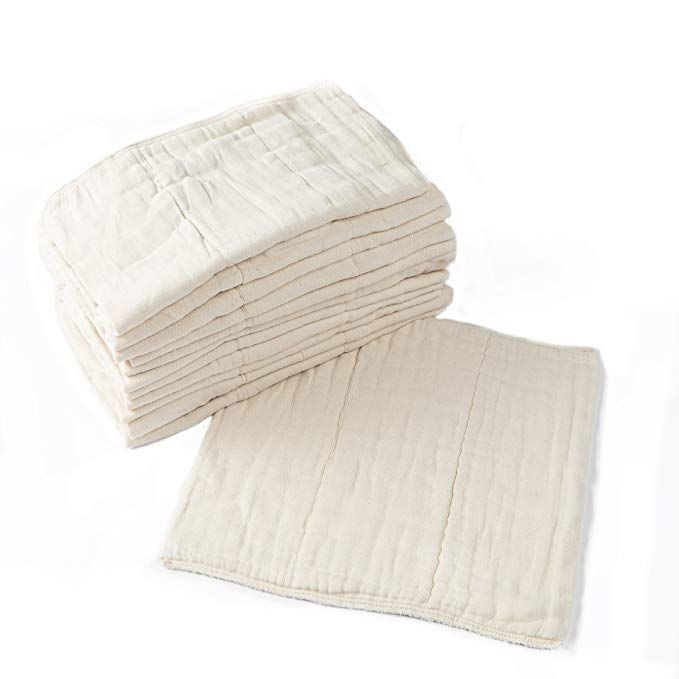
As a rule, diaper panties come in 2 sizes — up to 4-5 months. and older. Thus, a set of panties will be enough for you for 4-5 months, and the liners will serve faithfully for the entire period until the baby goes to the potty. The thick liner, briefs and swaddling pants are able to withstand the night even with constant feeding. So there is no need to specifically get up at night to change your baby.
To try it out and see if this system is right for you, all you need to do is purchase 4 sets of panty+inserts and 1 changing pant.
You can combine the use of reusable and disposable diapers.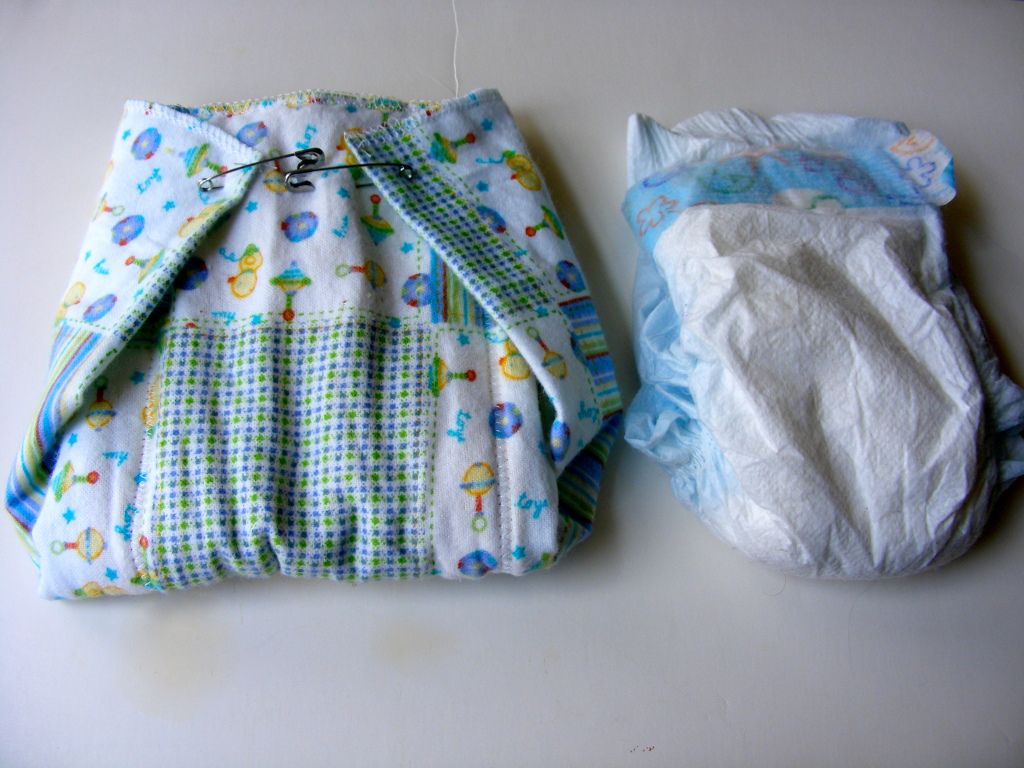
Large selection reusable diapers and other elements of the natural swaddling system in our store Mamidea
© Mother and Child LLC
when using this material reference to the site 9003 http://www.mamidea.ru required
Please read our Privacy Policy .
Medical and professional cosmetics of world brands
Skin Health Center, online pharmacy.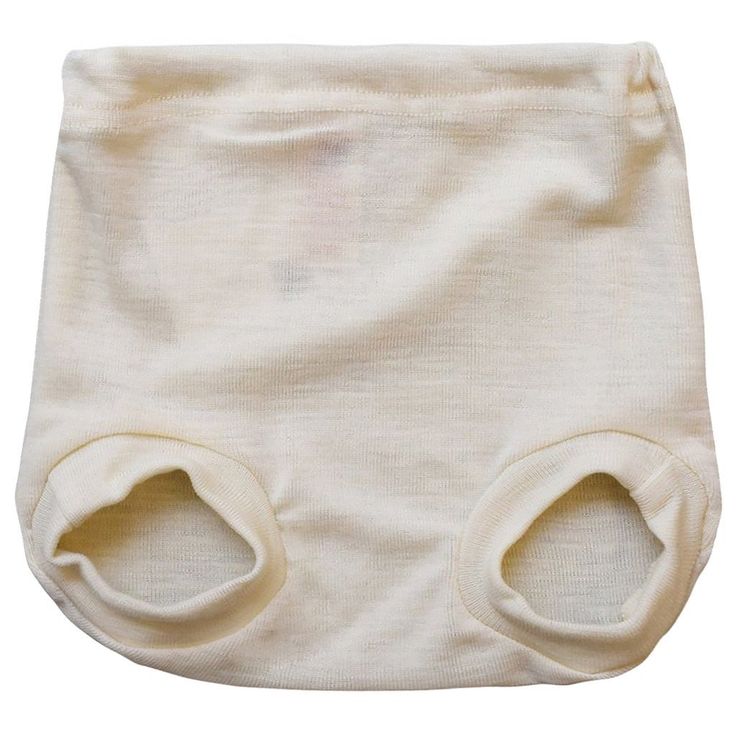
Cosmetics Vichy, La Roche-Posay, Inneov, Avene, Lierac
Online pharmacy «Skin Health Center» gives you the opportunity to buy medical cosmetics from world famous manufacturers Vichy, La Roche Posay and Inneov. All medical cosmetics are certified. The entire product catalog is always available. A wide range of products meets all the physiological needs of the skin of an adult and a child.
Vichy cosmetics is one of the most popular brands in Russia and in the world. The VICHY brand is represented in 64 countries around the world. Vichy cosmetics consists of a series (gamuts) of therapeutic agents aimed at combating the appearance of early wrinkles, problem skin, hair loss, dandruff, and cellulite.
Cosmetics from the Vichy brand from the moment of its creation has the fame of a brand that, based on scientific developments, created unique components and whole products. However, the real miracle is the natural component that is included in almost all creams, masks, gels, scrubs and so on — this is mineral water from a source in the city, which gave the name of the company, Vichy.
One of the most important components of the brand is Vichy Thermal Water. The most famous VICHY series are:
Normaderm (NORMADERM, NORMADERM) — care for oily problem skin.
Antiage (ANTIAGE) series — anti-aging skin products includes products such as Liftaktiv (LIFTACTIV, LIFTAKTIV) anti-wrinkle cream, Myokin (MIOKIN, MYOKIN) cream against mimic wrinkles, Neovadiol (NEOVADIOL, NEOVADIOL) cream that increases skin density , restoring the oval of the face.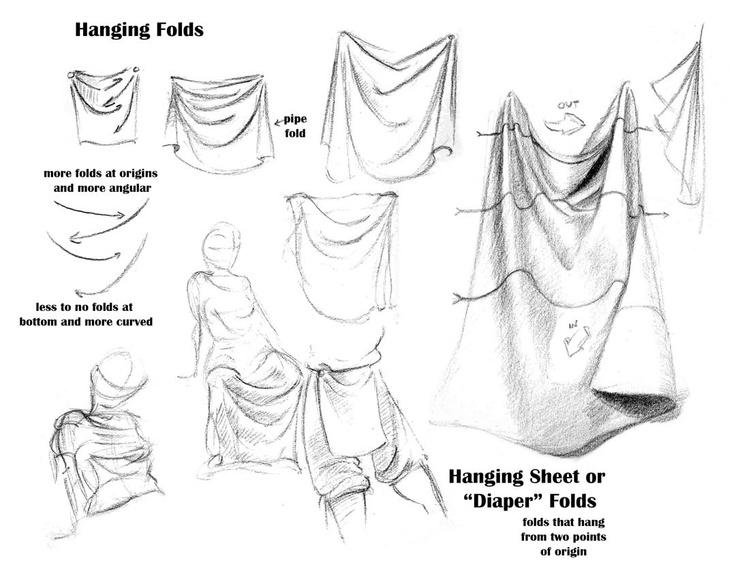
Series Lipometric (LIPOMETRIC, LIPOMETRIK) — effective means against cellulite, orange peel effect, reduces fat deposits, cellulite, tightens body contours.
Gamma Derkos (DERCOS, DERKOS) — hair care, includes shampoos, balms and anti-hair loss ampoules with Aminexil (AMINEXIL, AMINEKSIL).
Vichy cosmetics are made in France in the city of Vichy (VICHY). All Vichy products and products are carefully researched and tested in pharmaceutical laboratories, according to high European quality standards. The motto of the brand Vichy (VICHY, VISHI) — HEALTH IS BEAUTIFUL.
La Roche-Posay is a daily skincare recommended by dermatologists. La Roche-Posay products are suitable for the most sensitive skin, hypoallergenic (do not cause allergic reactions) and non-comedogenic (do not clog skin pores). Visible results clinically proven under dermatological control. Medical cosmetics La Roche-Posay (La Roche Poze) contains thermal water from the source of La Roche-Posay, enriched with selenium (a trace element — a natural antioxidant).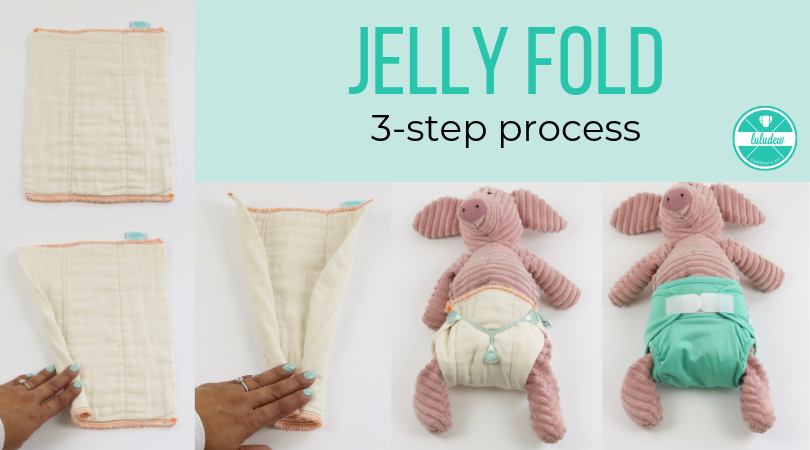
Brand includes the following scales:
Efaclar (Effaclar) for oily and problem skin. Toleran (Toleriane) — cleansing, which is perfectly tolerated by the most demanding skin. Active C, Redermic, Substian (ACTIV C, REDERMIC, SUBSTIANE) anti-aging and skin aging products. Nutritic (nutritic, NUTRITIC) eliminates all signs of dry skin. Hydraphase (hydraphase, HYDRAPHASE) provides long-term intensive hydration of the skin. Lipikar (lipikar, LIPIKAR) relieves irritation, restores the protective hydrolipid film of the skin.
La Roche-Posay cosmetics is a comprehensive range of products for daily skin care (specific products for every problem), including the most sensitive and demanding ones. The motto of the brand La Roche-Posay (La Roche Poze) COMMITMENT TO DERMATOLOGY.
Nutricosmetics Inneov thanks to a balanced complex of vitamins, minerals, trace elements and herbal extracts allows you to take care of your skin and hair from the inside.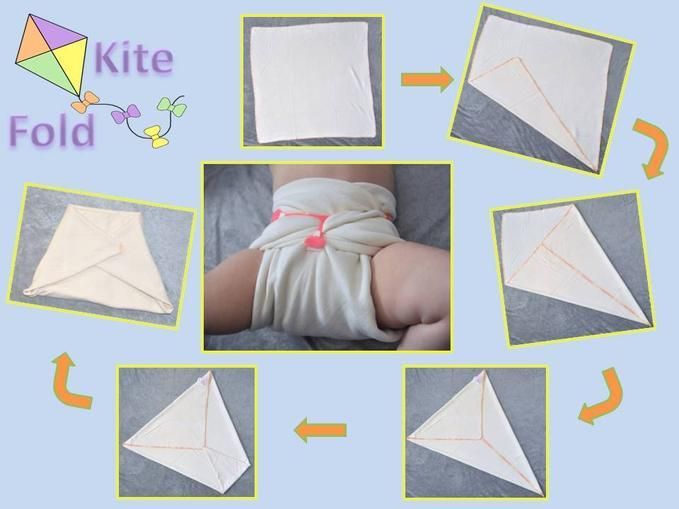
Avene cosmetics contain more than 55% of the unique water of the Avene thermal spring, known since 1736. In the 19th century for its healing properties, the spring was recognized as a “national treasure” of France, and the first balneological resort was built on it.
Lierac laboratories, when studying plants, use only the part of them that contains the highest concentration of active ingredients (root, leaves, flowers). The production of Lierac cosmetics is accompanied by histological, biochemical and clinical tests to confirm the effectiveness of raw materials and products at each stage of the technological process.
Our prices for cosmetics compare favorably with similar products in other pharmacies. Every month we set special prices for selected products and products.

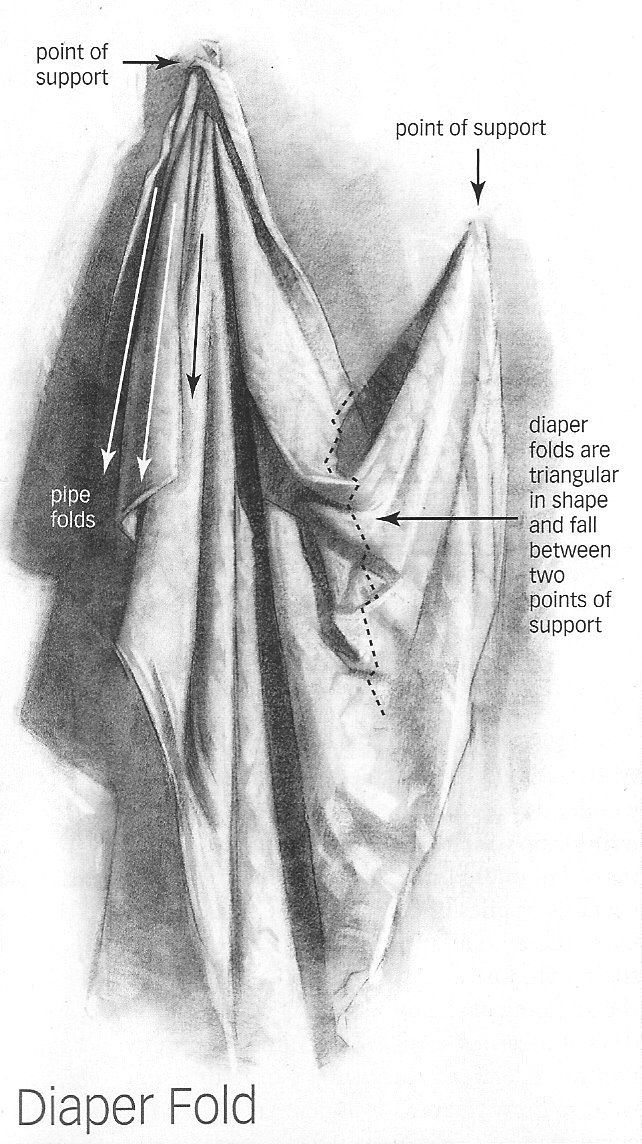
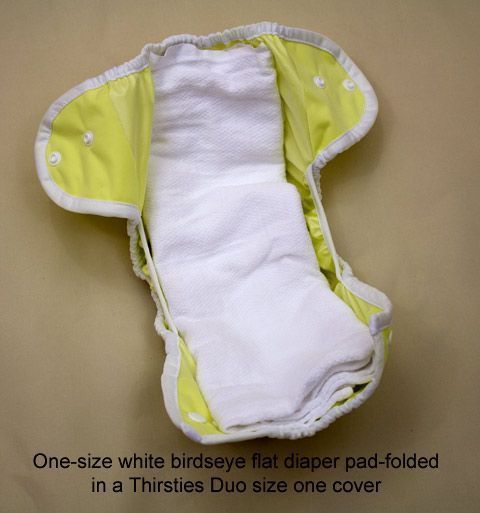 Secure on baby with a snap.
Secure on baby with a snap.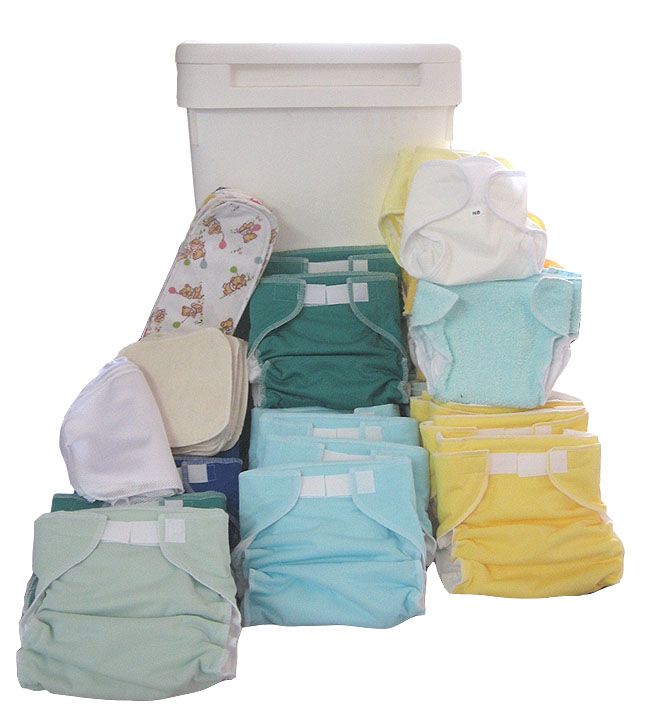

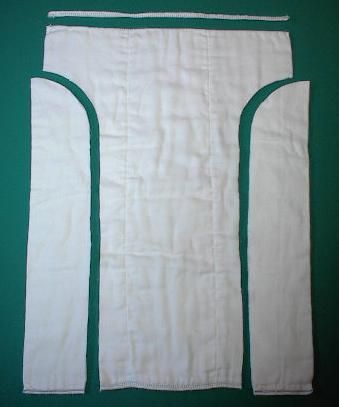

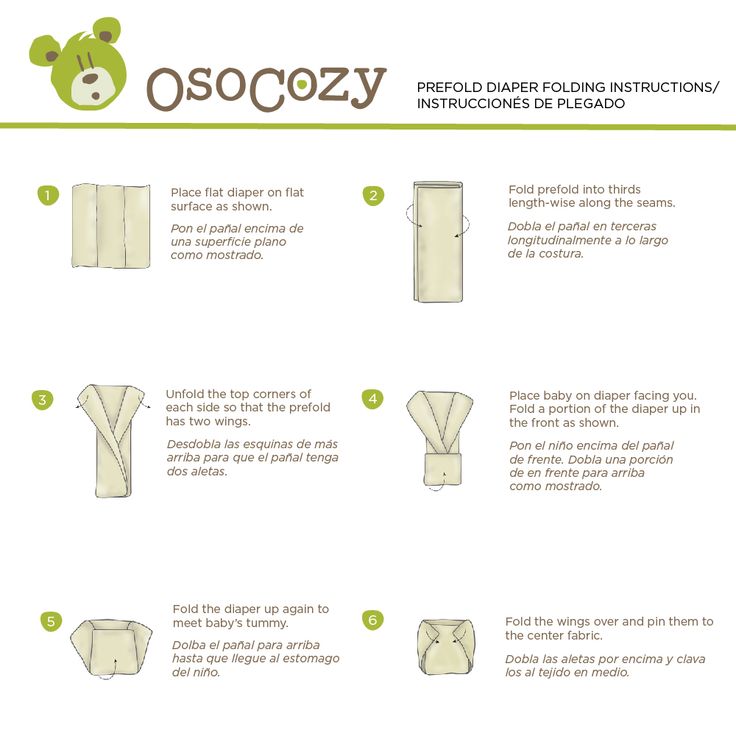
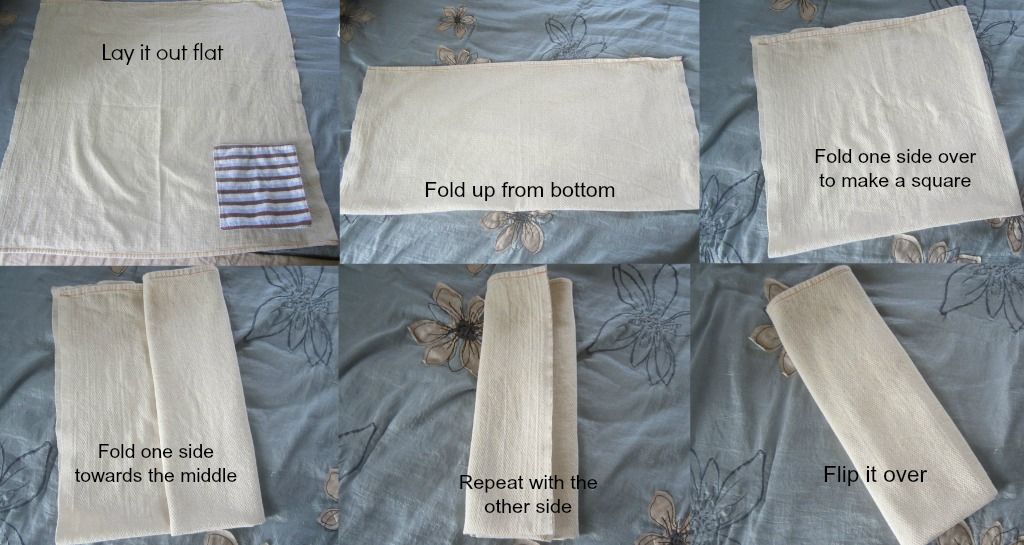
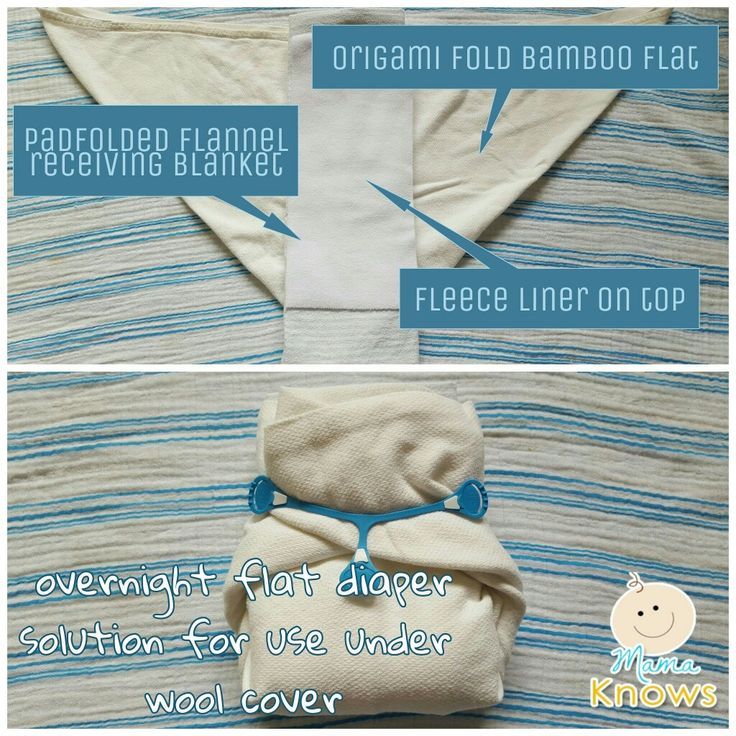
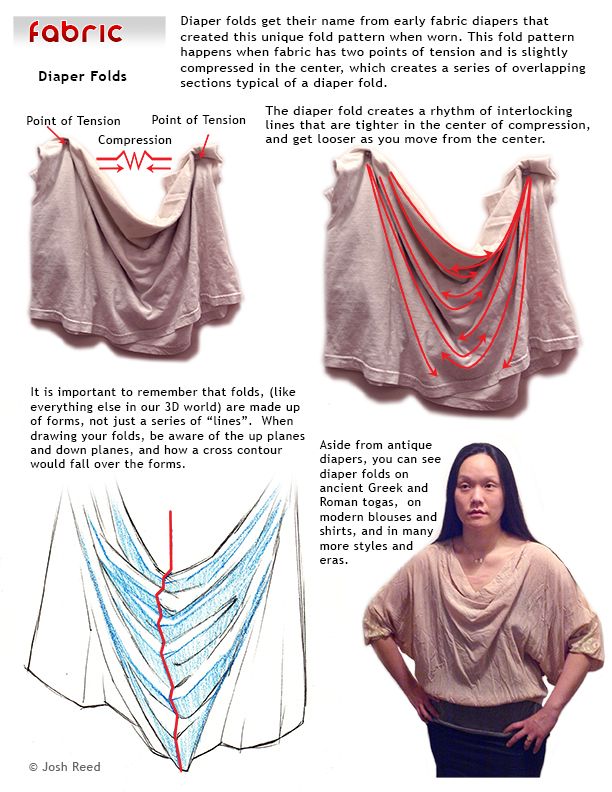
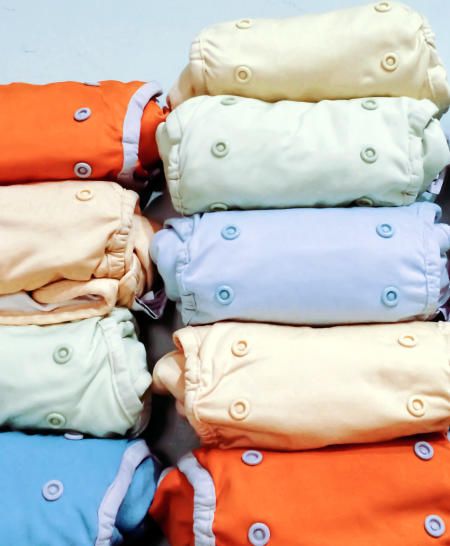 They typically have three sections, with the thickest layers in the middle where the baby needs them most.
They typically have three sections, with the thickest layers in the middle where the baby needs them most.